The Indispensable Gears in Mechanical Transmission Systems
In the intricate world of mechanical engineering, various components work in harmony to ensure the smooth operation of machinery. Among these, certain types of gears play crucial roles in power transmission and motion control. Gears like External gear ring, Tractor drive gear, Differential large gear ring, outer gear ring, and Differential gear ring are not just simple mechanical parts; they are the backbone of many mechanical systems, enabling the efficient transfer of power and facilitating complex movements in a wide range of applications.
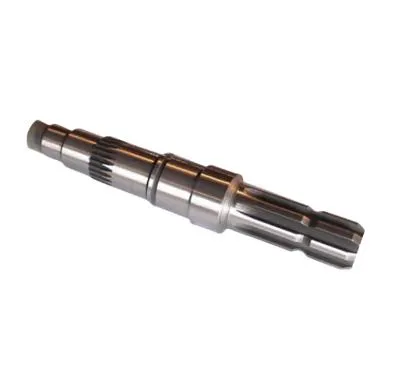
The Function and Design of External Gear Rings
An External gear ring is a fundamental component in numerous mechanical setups. Typically, it features teeth on its outer circumference, which mesh with other gears to transmit rotational motion. In industrial machinery, such as conveyor systems, external gear rings are used to transfer power from motors to different parts of the system. Their design allows for high - torque transmission, ensuring that heavy loads can be moved with precision. The durability of external gear rings is often enhanced through heat - treatment processes and the use of high - strength materials like alloy steels. This enables them to withstand the rigors of continuous operation, reducing the need for frequent replacements and maintenance.
Tractor Drive Gears: Powering Agricultural Machinery
Tractor drive gears are specifically engineered to meet the demanding requirements of agricultural operations. These gears are responsible for transferring the engine's power to the wheels, enabling tractors to move across various terrains. Tractor drive gears need to be robust enough to handle the high torque generated by the engine while also providing smooth and reliable performance. They often incorporate multiple gear ratios, allowing operators to adjust the speed and power output according to the task at hand, whether it's plowing fields, pulling heavy loads, or transporting equipment. The design of tractor drive gears also takes into account factors such as shock absorption and noise reduction to ensure comfortable and efficient operation.
The Significance of Differential Large Gear Rings
Differential large gear rings are integral components within the differential assembly of vehicles, including cars, trucks, and off - road vehicles. The differential's primary function is to distribute power between the wheels while allowing them to rotate at different speeds during turns. The large gear ring in the differential meshes with other gears to transmit power from the driveshaft to the axles. This mechanism is crucial for maintaining traction and stability, especially when cornering. A well - designed differential large gear ring ensures smooth power transfer and minimizes wear on other components in the drivetrain. Its size and strength are carefully calibrated to handle the forces generated during vehicle operation, contributing to the overall reliability and longevity of the vehicle.
Outer Gear Rings: Versatile Components in Mechanical Systems
Outer gear rings share many similarities with external gear rings but can have unique applications depending on the mechanical system. In some cases, outer gear rings are used in compact mechanical assemblies where space is limited. Their outer - toothed design allows for efficient power transfer while occupying minimal radial space. For example, in certain types of robotics, outer gear rings are employed to transmit motion between different joints, enabling precise and controlled movements. Additionally, in some industrial automation equipment, outer gear rings are used in combination with other gears to create complex gear trains that can perform specific functions, such as speed reduction or torque multiplication.
Differential Gear Rings: Enhancing Vehicle Performance
Differential gear rings are essential for the proper functioning of a vehicle's differential system. They work in tandem with other differential components to ensure that power is distributed evenly between the wheels, regardless of the driving conditions. In high - performance vehicles, specialized differential gear rings are often used to enhance traction and handling. These gear rings may have unique tooth profiles or be made from advanced materials to withstand the high - speed and high - torque demands of performance driving. By optimizing the design and performance of differential gear rings, vehicle manufacturers can improve a vehicle's acceleration, cornering ability, and overall driving experience.
FAQs about Mechanical Gears
How to Select the Right Gear for a Specific Application?
Selecting the appropriate gear, whether it's an external gear ring, tractor drive gear, or differential gear ring, involves considering several factors. First, determine the required torque and speed for the application. This will help you choose a gear with the right strength and gear ratio. The operating environment also matters; for example, gears used in outdoor or high - humidity environments may need to be corrosion - resistant. Additionally, consider the compatibility of the gear with other components in the system, such as shafts and bearings. Consulting with gear manufacturers or referring to industry standards can provide valuable guidance in making the right selection.
What Maintenance Is Required for Gear Rings?
Regular maintenance is crucial to ensure the longevity and performance of gear rings. This includes periodic inspection for signs of wear, such as tooth damage or excessive play. Lubrication is also essential; using the correct type and amount of lubricant helps reduce friction and prevent premature wear. In some cases, gears may need to be realigned or adjusted to maintain proper meshing. For gears operating in harsh conditions, more frequent cleaning and inspection may be necessary to remove debris and contaminants that could cause damage.
Can Gear Rings Be Repaired if Damaged?
The repairability of gear rings depends on the extent and nature of the damage. Minor damage, such as small nicks or burrs on the teeth, may be repairable through processes like grinding or filing. However, more severe damage, such as broken teeth or significant wear, may require replacement. In some cases, specialized repair techniques, such as gear tooth welding or replacement of individual gear segments, can be used, but these methods are often more complex and may not be suitable for all types of gear rings. It's important to assess the cost - effectiveness of repair versus replacement when dealing with damaged gear rings.
How Do Gear Rings Impact the Efficiency of Mechanical Systems?
Gear rings play a significant role in the efficiency of mechanical systems. Well - designed and properly maintained gear rings minimize power losses due to friction and ensure smooth power transmission. A high - quality gear ring with an optimal gear ratio can enhance the overall efficiency of the system by reducing energy consumption. On the other hand, worn - out or poorly designed gear rings can increase friction, leading to energy losses and decreased system efficiency. Additionally, proper alignment and meshing of gear rings are essential for maximizing efficiency, as misaligned gears can cause excessive wear and reduce the effectiveness of power transfer.
Are There Any New Technologies or Trends in Gear Ring Design?
The field of gear ring design is constantly evolving with new technologies and trends. One trend is the use of advanced materials, such as high - strength composites and lightweight alloys, to reduce the weight of gears while maintaining or increasing their strength. This can lead to improved fuel efficiency in vehicles and reduced energy consumption in industrial machinery. Another trend is the application of computer - aided design (CAD) and simulation techniques to optimize gear ring geometry for better performance and durability. Additionally, there is growing interest in self - lubricating and smart gear technologies that can monitor their own condition and adjust their operation accordingly, further enhancing the reliability and efficiency of mechanical systems.
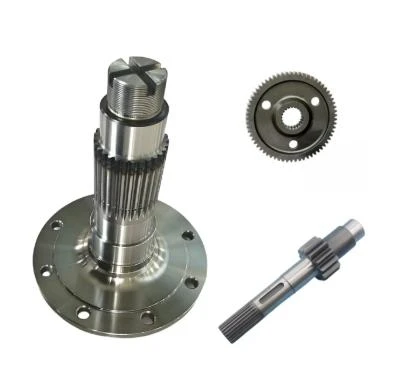
In the complex machinery that is a vehicle, the components related to power transmission play a crucial role in ensuring smooth and efficient movement.
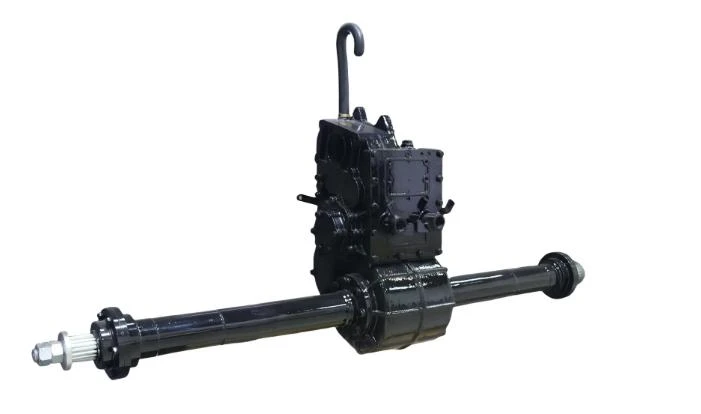
The rear axle and its associated components play a critical role in a vehicle's drivetrain, ensuring efficient power transfer and stable performance.
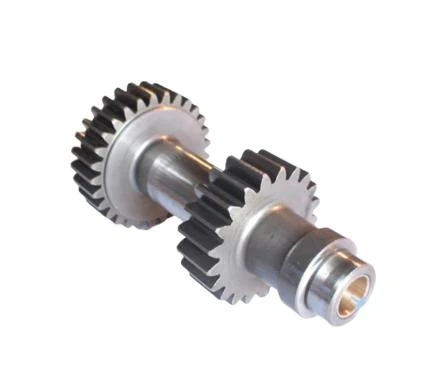
Gears are integral components in countless mechanical systems, facilitating the transfer of motion and power with precision.
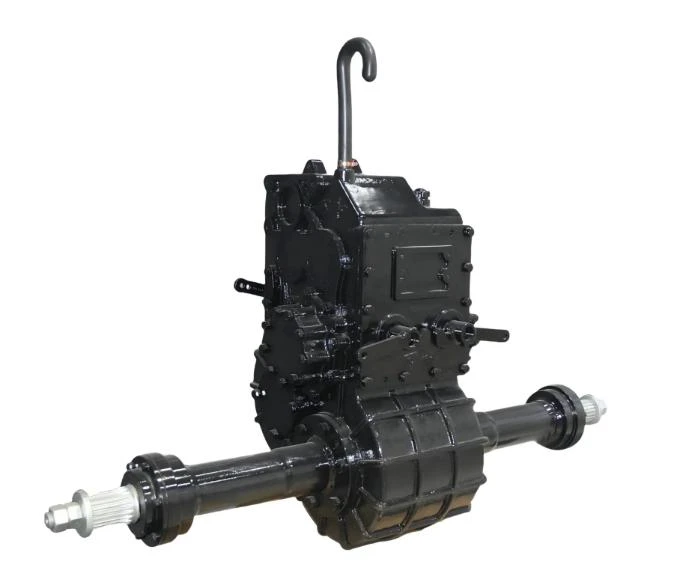
In the realm of automotive engineering, rear drive axles play a crucial role in the performance and functionality of vehicles.
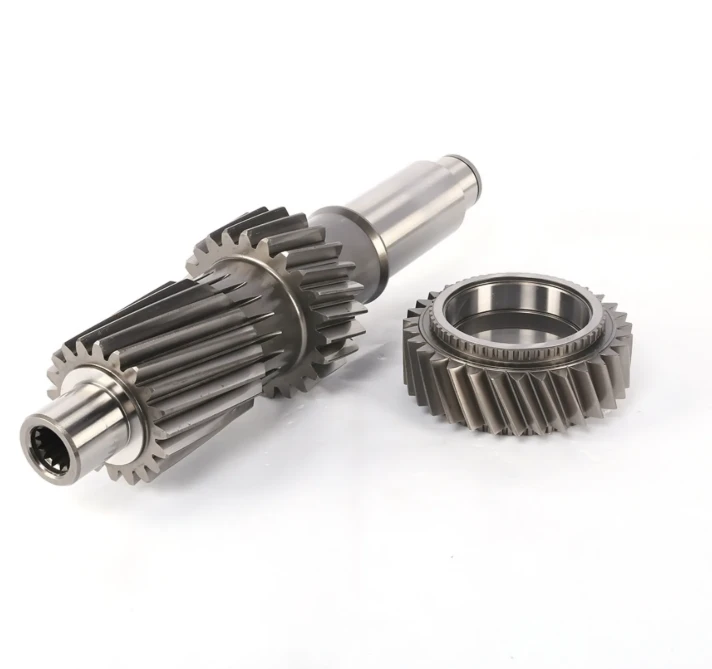
Variable speed principle: Change the transmission ratio by meshing gears with different numbers of teeth.
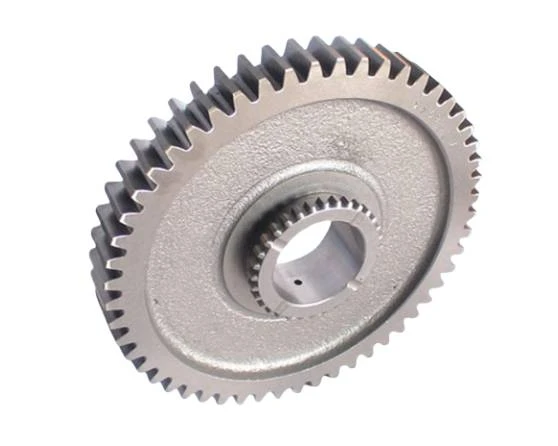
A gear aisle is a specialized section within a warehouse, manufacturing facility, or inventory management system.
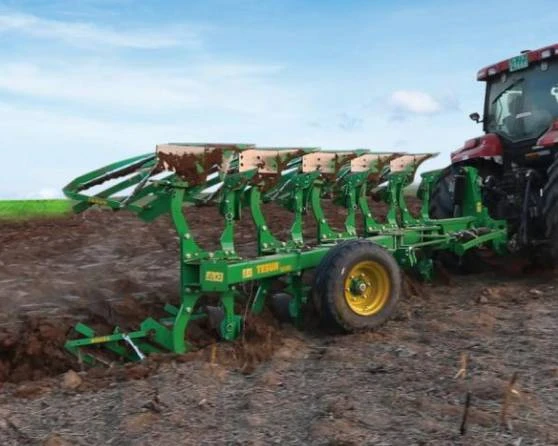
A rotary tiller is an essential tool for farmers and gardeners looking to prepare their soil quickly and efficiently.

From automobiles to industrial equipment, gear axles play a vital role in converting and transferring power from the engine or motor to the wheels, tracks, or other moving parts.
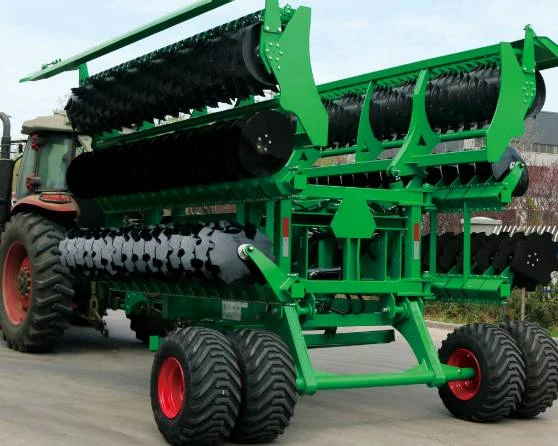
This innovative piece of machinery has revolutionized the way farmers approach sowing, offering a much more precise and effective method compared to traditional hand planting or broadcasting.
International layout
Spread all over the world
our products are exported to various parts of the world. Currently, our products have been exported to more than 40 countries Our products cover Asia, Europe, Africa, South America, North America, and Oceania
Sign up
for Newsletter
Subscribe to the weekly newsletter for all the latest updates







